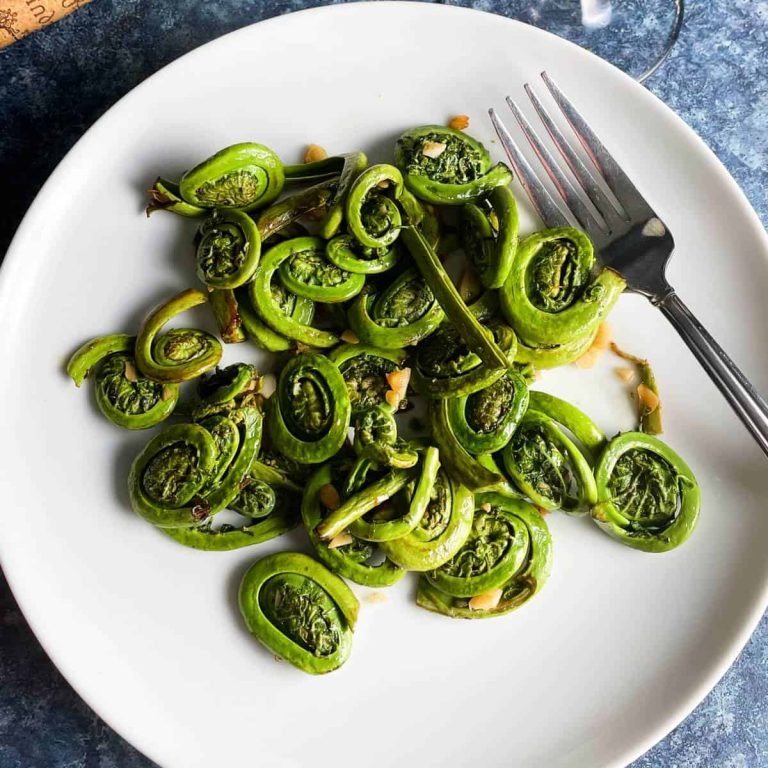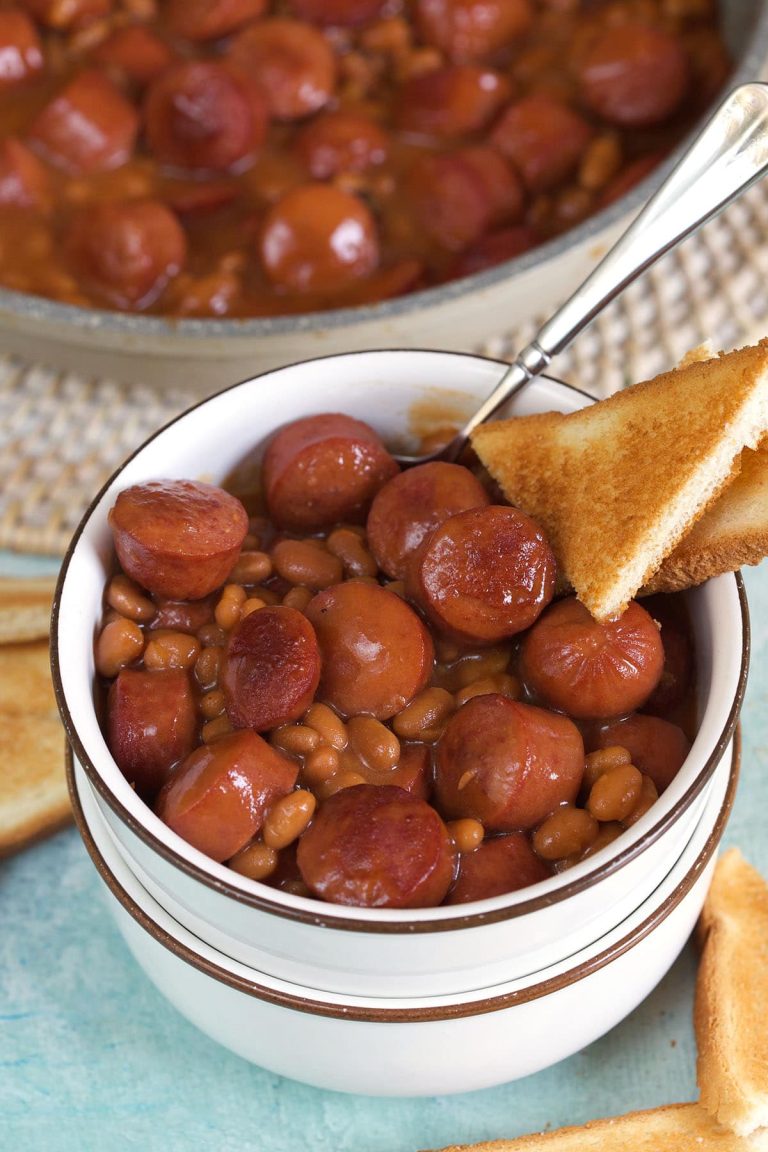Meatball Soup: A Delicious and Nutritious Comfort Food with Global Variations
Meatball soup, rooted in ancient cultures, has a rich history reflecting varied culinary traditions. Early records indicate that the Romans, who relished a meatball dish called isicia omentata, influenced many European recipes. Ancient Middle Eastern cultures also incorporated spiced meatballs into broths, emphasizing their significance in regional gastronomy. These historical insights reveal the enduring popularity of meatball soup across civilizations.
Regional Variations and Their Unique Ingredients
Each region adds its unique flair to meatball soup using distinctive ingredients and cooking methods.
- Italian Versions: Known as Italian Wedding Soup, it combines tiny meatballs made of pork and beef with leafy greens like spinach and acini di pepe pasta.
- Mexican Variations: Albóndigas soup includes meatballs with rice, mint, and cilantro in a tomato-based broth, often featuring vegetables like zucchini and carrots.
- Chinese Hotpot: Features meatballs made of pork or fish, nestled in a light broth with tofu, mushrooms, and Napa cabbage.
- Swedish Köttbullar: Meatball soup generally consists of beef and pork meatballs served with root vegetables in a beef broth.
These regional recipes underscore the diversity found in meatball soup, from Italy’s nuanced broths to Mexico’s robust, zesty flavors.
Key Ingredients in Meatball Soup
Types of Meats Used
Different types of meats enhance the flavor of meatball soup. Beef provides a rich, hearty base, perfect for Italian Wedding Soup. Pork adds a fatty, succulent texture; it’s common in Albóndigas and Köttbullar recipes. Chicken offers a lighter option, often found in Asian variations like Chinese Hotpot. Fish meatballs can be found in coastal recipes, giving a unique taste. Mixing meats, such as combining beef and pork, boosts flavor complexity.
Essential Herbs and Seasonings
Herbs and seasonings make or break meatball soup. Garlic infuses robust flavor, while onions provide sweetness and depth. Fresh herbs like parsley and cilantro add brightness, contrasting the savory broth. Oregano offers a peppery note, perfect for Italian styles. Paprika delivers mild heat and color, commonly used in Eastern European versions. Salt and pepper are fundamental, enhancing natural flavors. Soy sauce and ginger are essential for Asian meatball soups, imparting umami richness.
How to Make Meatball Soup
Preparing the Meatballs
Start by gathering ground meats like beef, pork, or chicken. Combine them for enhanced flavor complexity. For instance, blend equal parts of beef and pork to balance the richness. Add finely chopped onions, minced garlic, and chopped parsley for aromatic depth. Season with salt, pepper, and a touch of oregano. Mix well, ensuring an even distribution of spices.
Shape the mixture into small, uniform balls. Aim for about 1 inch in diameter for even cooking. Lay the meatballs on a baking sheet lined with parchment paper. Bake at 375°F (190°C) for 10-15 minutes until browned, but not fully cooked. This helps them hold shape in the soup.
Creating a Flavorful Broth
Begin by heating a large pot over medium heat. Add a tablespoon of olive oil, then sauté chopped onions, carrots, and celery until softened. These vegetables create a mirepoix base, essential for a savory broth.
Pour in 8 cups of chicken or beef broth. Increase the depth of flavor by adding a bay leaf, a sprig of thyme, and a pinch of salt. Bring the mixture to a boil. Once boiling, reduce the heat to a simmer and gently add the partially cooked meatballs.
Simmer the soup for 20-25 minutes, allowing the meatballs to cook through and impart their flavors. Add cooked pasta or rice for extra texture, and adjust seasoning to taste before serving.
Serving and Pairing Suggestions
Side Dishes That Complement Meatball Soup
Bread varieties, such as crusty baguettes, soft dinner rolls, or garlic bread, enhance the dining experience. Fresh salads with mixed greens, cherry tomatoes, a light vinaigrette, or a classic Caesar salad offer a refreshing contrast to the rich soup. Roasted vegetables like carrots, Brussels sprouts, or asparagus add flavor and texture. For a heartier meal, consider serving the soup with a side of mashed potatoes or creamy polenta.
Recommended Beverages
Red wines like Chianti, Merlot, or Cabernet Sauvignon bring out the rich flavors of meatball soup. If you prefer white wine, Chardonnay or Sauvignon Blanc complement the dish well. Beer options include pilsners, pale ales, or a Belgian dubbel to balance the savory soup. For non-alcoholic options, consider sparkling water with a twist of lemon or a light iced tea for a refreshing pairing.
Health Benefits of Meatball Soup
Nutritional Information
Meatball soup offers a hearty mix of proteins, vitamins, and minerals. Ground meats, whether beef, pork, chicken, or fish, contribute a high protein content, helping in muscle repair and growth. The vegetables, like carrots, spinach, and celery, add essential vitamins A, C, and K. These vitamins improve immune function and bone health. The broth, often rich in collagen, supports joint health and digestive efficiency. Using olive oil as a base can introduce healthy fats essential for brain function.
Dietary Considerations
Meatball soup suits various dietary needs. For gluten-free versions, avoid breadcrumbs in meatballs and use gluten-free broth. If you’re aiming for low-calorie options, opt for lean meats like turkey or fish. For those on low-sodium diets, homemade broth can control salt content without sacrificing flavor. Vegetarian adaptations can use plant-based meat alternatives and vegetable broth. These adjustments make meatball soup accessible without compromising on taste or nutritional value.
Conclusion
Meatball soup stands out as a comforting and versatile dish that transcends cultural boundaries. Whether you’re savoring Italian Wedding Soup or Mexican Albóndigas, each variation offers a unique experience. The nutritional benefits make it a wholesome choice, packed with proteins, vitamins, and minerals. With options for gluten-free, low-calorie, low-sodium, and vegetarian adaptations, meatball soup can fit seamlessly into any diet. Embrace the rich history and diverse flavors of meatball soup, and enjoy a meal that warms the soul and nourishes the body.






